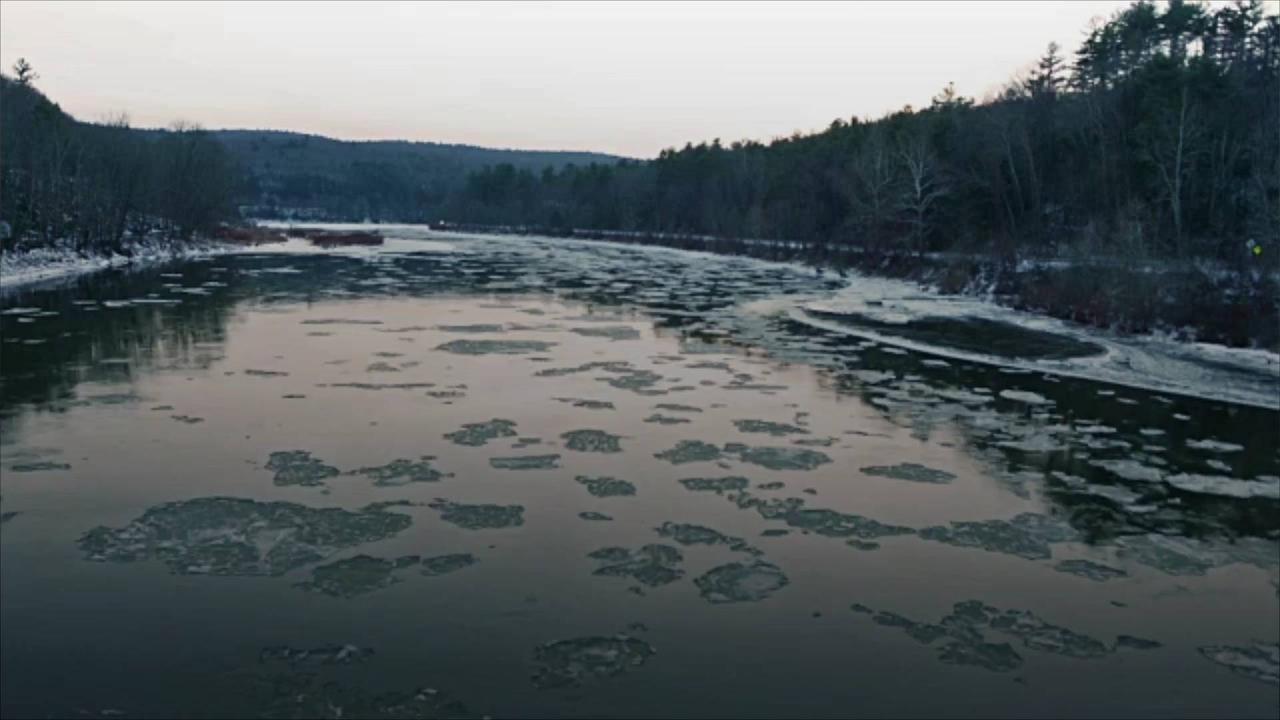
Arctic Outbreak Causes , Rare Weather Phenomena , Across US Northeast.
'Newsweek' reports that the Northeast of the United States has experienced a number of rare cold weather phenomena amid an arctic blast.
Record-breaking cold air struck New England with wind chills below negative ten degrees in New York and as low as - 60 degrees in northern Maine.
On February 4, New Hampshire experienced the coldest wind chill ever recorded in U.S. history, reaching more that -108 degrees.
On February 4, New Hampshire experienced the coldest wind chill ever recorded in U.S. history, reaching more that -108 degrees.
The National Weather Service described the cold front as , "a historic Arctic outbreak for the modern era.".
In addition to the historically low temperatures, the region also experienced a number of rare winter weather events, including frost quakes, cracking trees and sea smoke.
In addition to the historically low temperatures, the region also experienced a number of rare winter weather events, including frost quakes, cracking trees and sea smoke.
Frost quakes, otherwise known as cryoseisms, are just like earthquakes, which generate tremors and thunderous sensations when large cracks develop in frozen soil.
Dan Skoff, KNWA News chief meteorologist, says that frost quakes can shake houses, which occurred in Arkansas late in January amid a similar weather event.
The NWS also shared eerie videos of trees cracking, likely from water inside the trees freezing and expanding, which , "caused some tree damage and power outages.".
The same region also experienced sea smoke, otherwise known as frost smoke or steam fog, which occurs when frigid air moves over warmer water.
Sea smoke, which creates the appearance of smoke over the water and typically occurs in the Arctic, was spotted by residents in Little Compton, Rhode Island.
Sea smoke, which creates the appearance of smoke over the water and typically occurs in the Arctic, was spotted by residents in Little Compton, Rhode Island
